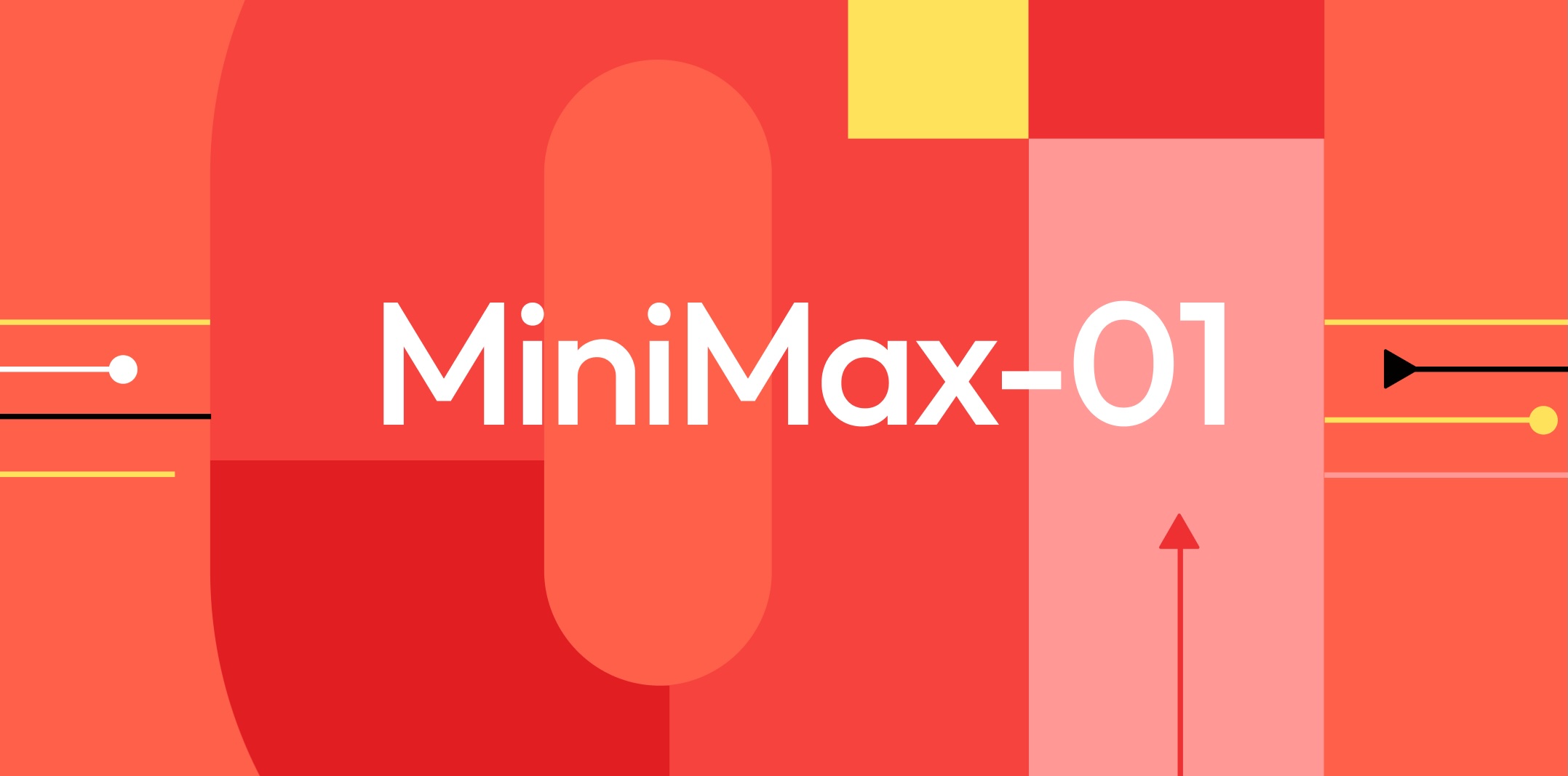In a groundbreaking move, MiniMax, a Shanghai-based AI startup, has unveiled its latest suite of open-source Large Language Models (LLMs), named MiniMax-01. This ambitious release positions MiniMax as a formidable competitor to established giants like OpenAI and Google, particularly with its remarkable ability to process context windows of up to 4 million tokens. This capability not only surpasses current standards but also sets a new benchmark for what is possible in the realm of language processing.
Revolutionary Long-Context Capability
At the core of MiniMax-01’s innovation is its 4-million-token context window, which allows the model to analyze and process vast datasets in one go—equivalent to multiple books or even a small library. Traditional models, such as OpenAI’s GPT-4o, typically handle context windows ranging from 8,000 to 100,000 tokens. The ability to manage such extensive input significantly enhances the model’s utility in various fields. For instance:
- Academics can input entire dissertation drafts or multiple chapters of literature.
- Legal professionals can analyze thousands of pages of case law and contracts in one pass.
- Business analysts can synthesize comprehensive insights from years of market data and reports.
This revolutionary capability minimizes the need for segmenting data, thus reducing the risk of losing context between different parts of the input.
State-of-the-Art Performance
MiniMax-01 is not just about quantity; it also excels in quality. The models have demonstrated state-of-the-art performance across numerous benchmarks, rivaling top-tier closed-source models like GPT-4o and Claude-3.5-Sonnet. In various assessments, MiniMax-01 has maintained a context window that is 20 to 32 times longer than competitors while achieving comparable or superior results.
The model achieved 100% accuracy on tasks involving complex, context-heavy queries, showcasing its reliability in handling nuanced challenges. Furthermore, it outperformed other models on benchmarks such as MMLU (Massive Multitask Language Understanding) and SimpleQA, which test factual knowledge and problem-solving skills.
Innovative Architecture
The success of MiniMax-01 can be attributed to its innovative architecture, which integrates several advanced techniques:
- Lightning Attention: This efficient linear attention mechanism enhances processing speed while reducing computational overhead.
- Mixture of Experts (MoE): The model features 456 billion parameters with 45.9 billion activated per token, optimizing performance by allowing specialized processing for different tasks.
- Hybrid Architecture: By combining lightning attention with traditional softmax attention every eight layers, the model bolsters performance on tasks requiring extensive context handling.
These architectural innovations enable efficient scaling and high precision in results, making MiniMax-01 suitable for diverse applications ranging from academic research to commercial use.
Efficient Training and Inference
MiniMax has also prioritized efficient training and inference methods in developing its models. The deployment of CUDA kernels for lightning attention achieves over 75% Model Flops Utilization (MFU) on Nvidia H20 GPUs, ensuring high efficiency during both training and real-time inference processes. Additionally, novel parallel processing strategies significantly reduce communication overhead.
This focus on efficiency not only enhances performance but also makes the models more accessible for developers and researchers who may not have access to high-end computational resources.
Open Source Release
In a strategic move aimed at democratizing AI access, MiniMax has made the model weights and implementation publicly available on platforms like GitHub. This open-source ethos encourages collaboration among developers, researchers, and enterprises, allowing them to harness the full potential of MiniMax-01’s capabilities. The pricing strategy further emphasizes affordability—MiniMax’s models are approximately ten times cheaper than competitors like OpenAI’s GPT-4o. Input tokens are priced at $0.20 per million and output tokens at $1.10 per million.
Multi-modal Capabilities
Expanding its versatility beyond text processing, MiniMax has introduced additional models such as MiniMax-VL-01 and T2A-01-HD. These models enhance capabilities in visual and audio data processing:
- MiniMax-VL-01 integrates a lightweight Vision Transformer module trained on 512 billion vision-language tokens, facilitating robust performance in multimodal tasks like augmented reality and video editing.
- T2A-01-HD focuses on advanced speech generation across 17 languages, featuring voice cloning capabilities from as little as ten seconds of audio input.
These multi-modal capabilities allow MiniMax to bridge the gap between text and visual data processing effectively.
Challenges Ahead
Despite its impressive advancements, MiniMax faces several challenges as it scales its innovations. Ethical concerns regarding AI usage, licensing restrictions, and geopolitical pressures could impact its growth trajectory. Moreover, while MiniMax-01 has shown competitive performance against existing models, there remains room for improvement in certain evaluations compared to OpenAI’s offerings.
Conclusion
MiniMax’s launch of its open-source LLMs marks a significant milestone in the AI landscape. With unparalleled long-context capabilities, state-of-the-art performance metrics, innovative architecture, and an open-source commitment that encourages collaboration and accessibility, MiniMax is poised to challenge established players like OpenAI and Google effectively.
As AI continues to evolve rapidly, MiniMax’s advancements could pave the way for more sophisticated applications across various industries while fostering a more inclusive environment for developers and researchers alike. The future looks promising as this startup takes bold steps towards redefining what is possible with large language models in an increasingly complex digital world.


Leave a Reply